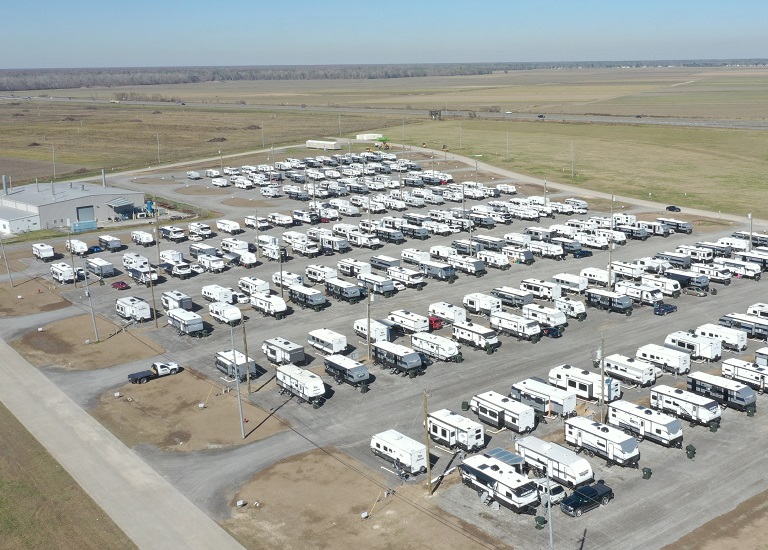Disaster Response

Being for each other is a core value at APTIM. Disaster response is being there when the need is most critical.
24-HOUR EMERGENCY SERVICES
Contact our emergency call center day or night.
1 800 537 9540 | EMDS@APTIM.com
Disaster Response
When it comes to disasters, you do not have time to waste. Our team recognizes the urgency behind every disaster and incident. We operate efficiently, maintaining a constant state of readiness to deploy within a moment’s notice. Having navigated the complexities of disasters spanning four decades, our team can foresee the roadblocks that will arise and work to clear those for you. To provide what you need, we leverage our strong relationships with local agencies, residents, stakeholders, and partners in government and across industries.
APTIM’s rapid disaster response capability and capacity is built with a full-time workforce of professionally trained and disaster-hardened experts. Our surge capacity is fueled by APTIM cadre members across the nation and augmented by partners, subcontractors, and temporary workforces hired locally. Our national response team provides hands-on knowledge of federal policies and programs that support state, local, and federal emergency response.
Our critical services include:
- Full-service mass care for disaster survivors and individual assistance services
- Alternative survivor sheltering and logistical temporary housing solutions
- Housing planning and transition services
- Disaster logistics management, mobilization, maintenance, and support
- Program management, staffing, and augmentation (e.g., call, emergency operations, and disaster recovery centers and medical logistics)
- Damage assessments
- Disaster housing repair (i.e., permanent and temporary construction)
- Infrastructure stabilization, repairs, and restoration
- Emergency power
The customer-focused, mission-driven Emergency Management & Disaster Services team is pioneering more efficient procedures to reunite communities faster following a disaster. Our evolving approach is backed by decades of experience, a deep understanding of emergency management doctrine, and a team with unmatched expertise.
At APTIM, we prioritize your peace of mind. We will work through the complexity of resource needs, everchanging demands, and regulatory oversights, so you can focus on what matters most: recovering your community.
APTIM. In Pursuit of Better.


